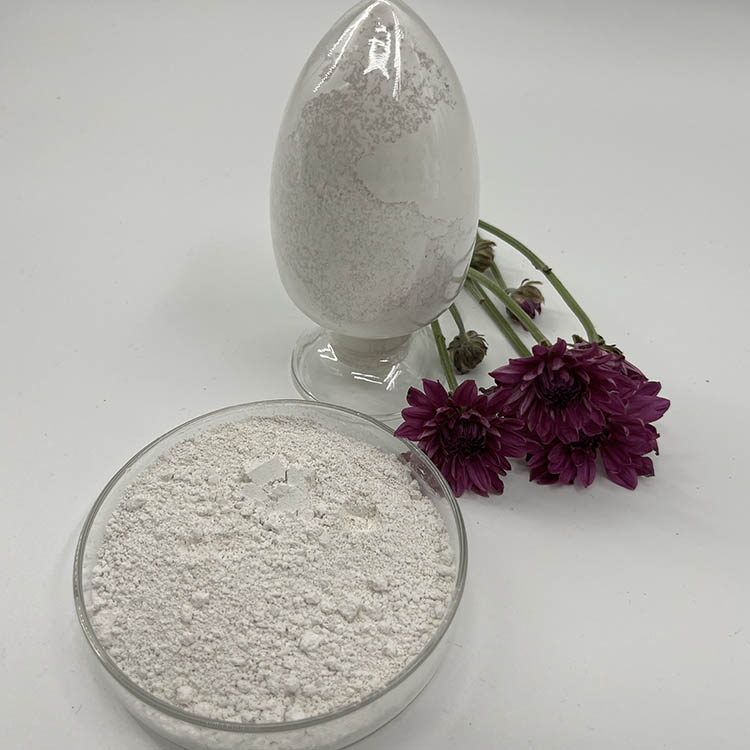
Home Products Sewage Treatment Bacteria Petrochemical Wastewater Treatment A case study on the treatment of excess

After field investigation, the following problems were found:
1) The sludge is reddish brown. After inquiry, it was found that the excess iron ion adsorbed on the sludge was caused by excessive addition of ferrous hydroxide in the front end of the pretreatment. To confirm this idea, it is suggested to measure the iron ion concentration in the mud phase. Excessive iron ions in sludge will lead to changes in the overall skeleton of microbial micelles, and the micelles with crushed sand as the main skeleton will be replaced by iron salts and iron. At this time, the microbial micelles of activated sludge will screen out microorganisms suitable for this environment in a directional way, which reduces biodiversity, especially protozoa, and makes it almost impossible for them to survive. This is not good for the impact resistance of sludge. The amount of water will gradually increase in the later period, and the concentration of pollutants will increase. At this time, the sewage treatment system will easily collapse.
2) The working center of the whole system is the concurrent oxygen tank. The main aeration tank and other process units that should play a role almost completely fail, and only the SBR system plays a small amount of nitrogen removal effect, which is also very unstable. This is mainly because the residence time of the whole system is too long, and the addition of fillers before the facultative oxygen system is relatively enriched with a large number of microorganisms with strong decomposition ability, so the sewage treatment unit at the back end can hardly grow enough microorganisms. Very low volatile sludge concentrations can lead to inadequate functioning of individual treatment units.
3) The system stopped for a period in early February 2021 because the factory stopped production. During the parking period, although the nutrients were maintained, the amount of nitrogen source was seriously insufficient, which was reduced by as much as ten times. Moreover, the reflux of the whole system does not start normally during the shutdown period, which cannot fully maintain the activity of each processing unit.
Project proposal:
1. Sludge discharge, increase the dosage of carbon source to supplement the appropriate amount of carbon source bacteria, and increase the sludge discharge, discharge the sludge with large iron content to the system, and restore the sludge activity. At the same time, the amount of iron samples in the front of the system is strictly controlled to avoid re-entering the system.
2. Put compound bacteria into the concurrent oxygen pool, nitrifying bacteria into the aerobic pool, denitrifying bacteria into the denitrifying pool, and compound bacteria into the main aeration pool, while the SBR pool remains unchanged. By adding different strains, each treatment unit can recover its due function, which requires a long recovery time, and the sequence has strict requirements. The specific implementation will be elaborated in detail.
3. During the cessation period, the dosage of nutrients should conform to a certain number of times and dosages. While maintaining the minimum biological activity, the dependence of the population on easy-to-treat nutrients should not be changed.
4. The main aeration tank is added with suspended ball packing, which is fixed with a fixing device and sunk in water to increase the further treatment effect of the main aeration tank.
Name: Nicole Yu
Mobile:+86 17718148007
Tel:+86 17718148007
Whatsapp:8617718148007
Email:sales@kashionbiotech.com
Add:No.6, Zhanxi Road, Yaohai District, Hefei City, Anhui Province, China.